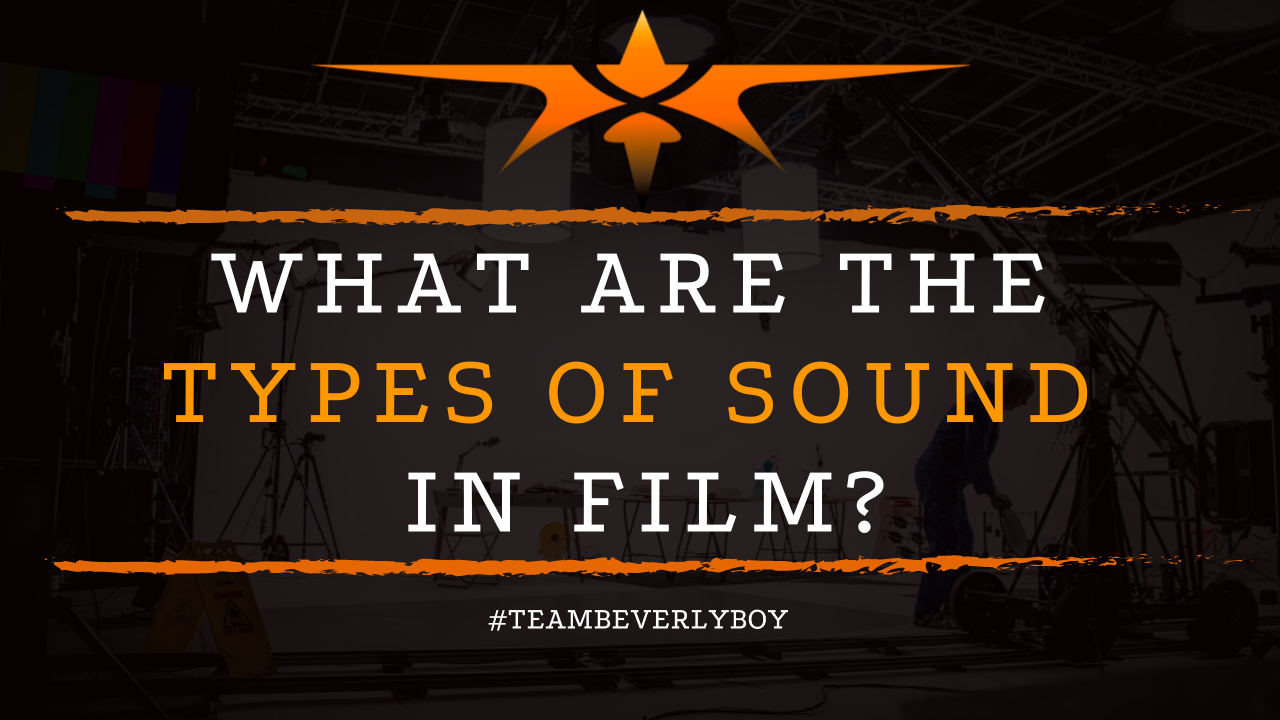
What are the Types of Sound in Film?
Think about any film that you’ve seen since the introduction of sound into filmmaking in the 1930s. Now think about how that sound has influenced your connection, or understanding, of the story that the filmmaker is sharing. Films are produced using various types of sound. Which helps to connect the audience to the narrative. And create a realistic feeling for the audience. In fact, the audio can both positively and negatively impact audience reactions to the contextual information contained within a film. But what are the types of sound in film? And how does each impact the viewer?

Dialogue
One of the most common types of sound in film is the dialogue that occurs between various actors on the set. These sounds are certainly crucial to the realistic connection of the film.
But they’re often interrupted by outside noise and other sounds that could impact their otherwise perfect recording.
Because dialogue is impacted by so many elements. Including actor mistakes or accent. And various other situations. Dialogue often goes through various steps in preparation for the final film.
Things like ADR and re-recordings of dialogue are important, and incredibly likely, when filmmaking.
Unwanted Diegetic Sounds
While dialogue is important when filming, sometimes the sound captured is unwanted. In fact, unwanted diegetic sounds in film are one of the many types of sound in film that frequently comes up.
These sounds are made up of external environment sounds. Like an air conditioner, washing machine, or chirping bird that is not connected to the story.
Various other unwanted diegetic types of sound in film may include the sound of objects being moved around on set. Or the sound of a cell phone ringing nearby.
Non-Diegetic Sound
The capture of non-diegetic sound in film is another one of the very common types of sound in film. Non-diegetic sounds include narration, sound effects, and music that is not originating from the unique world that has been created by the scene/set.
These sounds are used to improve the visible experience while providing implied as coming from outside sources. Various sound effects, especially those which are not directly relative to what’s happening on the set, are generally considered non-diegetic.
Foley Sounds
While there are many different types of sound in film, each has its own unique purpose. Foley sounds are often incorporated as either diegetic or non-diegetic sounds which build upon the existing sound art.
Foley sounds are those which a foley artist uses props and other elements to recreate in an effort to make a scene more believable.
These sounds might include things like a slamming door, breaking glass, or footsteps which are recreated in post-production by Foley artists in order to create the desired impact.
As you can see, these are just a few of the most common types of sound in film that can be exhibited in most films. Using a mix of dialogue, diegetic vs non-diegetic sound, foley sounds, and the pairing of musical sounds for a film you can build out a unique finished project. An interesting aspect to consider is how the filming location, such as vibrant cities like Las Vegas or other bustling metropolises, impacts the audio landscape of a film.
Working with a skilled camera crew familiar with these environments is crucial. Whether it’s capturing the ambient noises of Las Vegas’s lively streets, the unique soundscape of a busy New York avenue, the serene backdrop of San Francisco’s bay area, or the historical echoes of European cities, each location presents its own set of audio challenges and opportunities. Our camera crews are adept at ensuring that every sound, from the most subtle whisper to the loudest explosion, is captured with clarity and intent. This ensures that the final product not only looks but also sounds immersive, transporting viewers right into the heart of the story’s setting.


